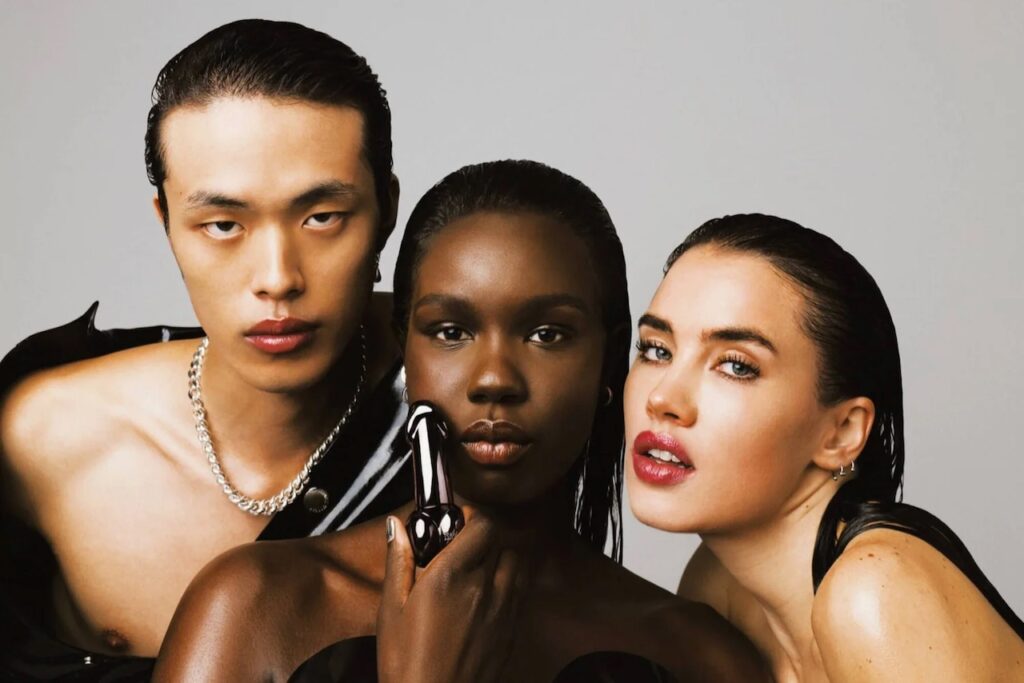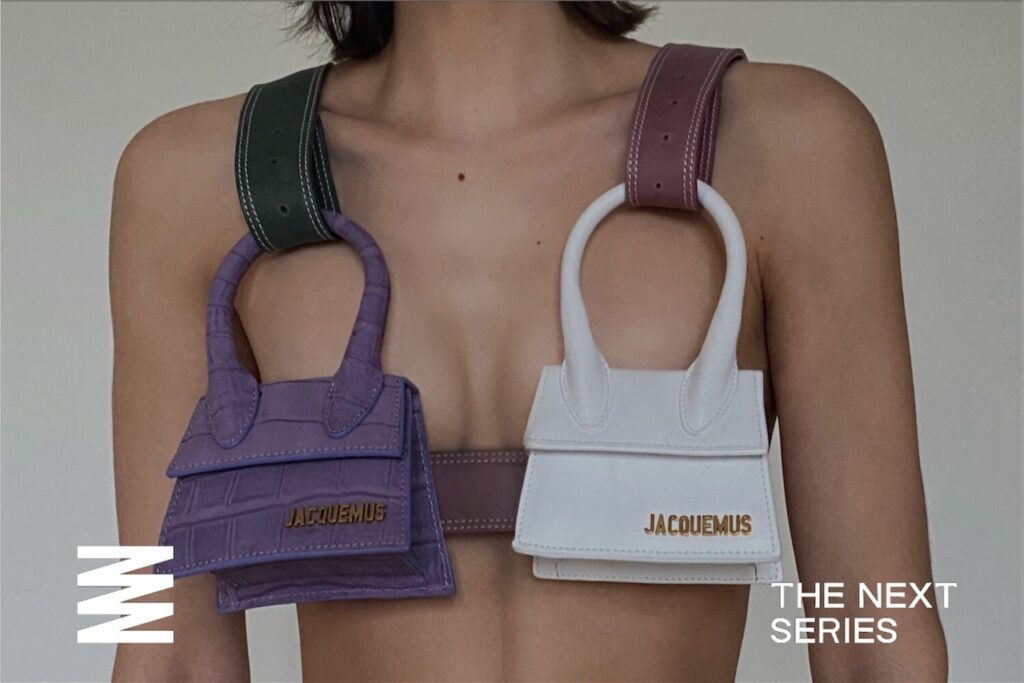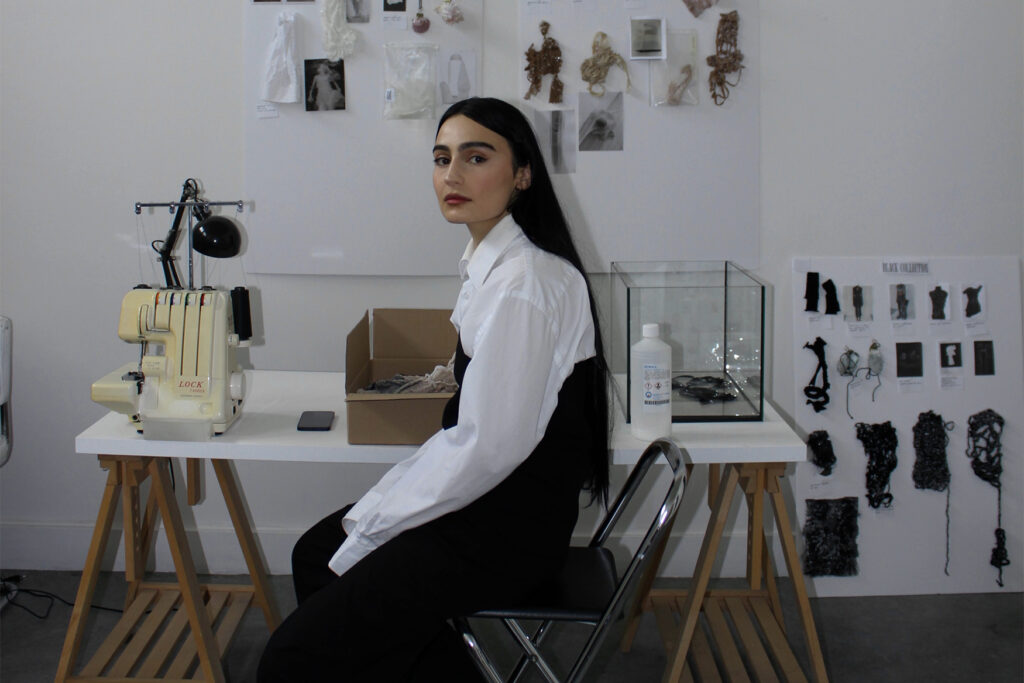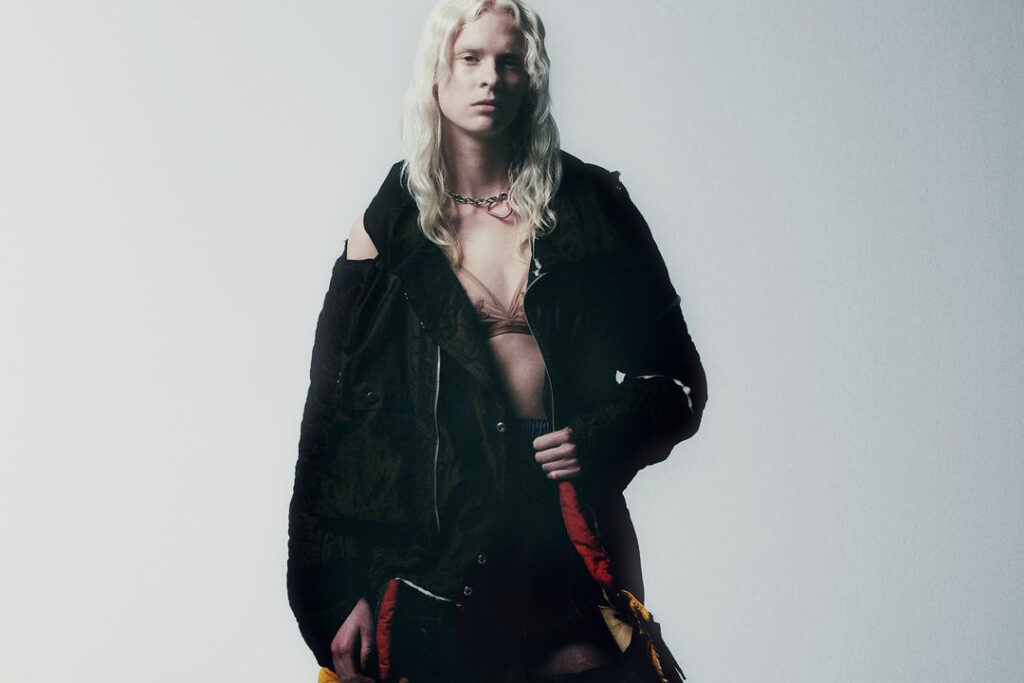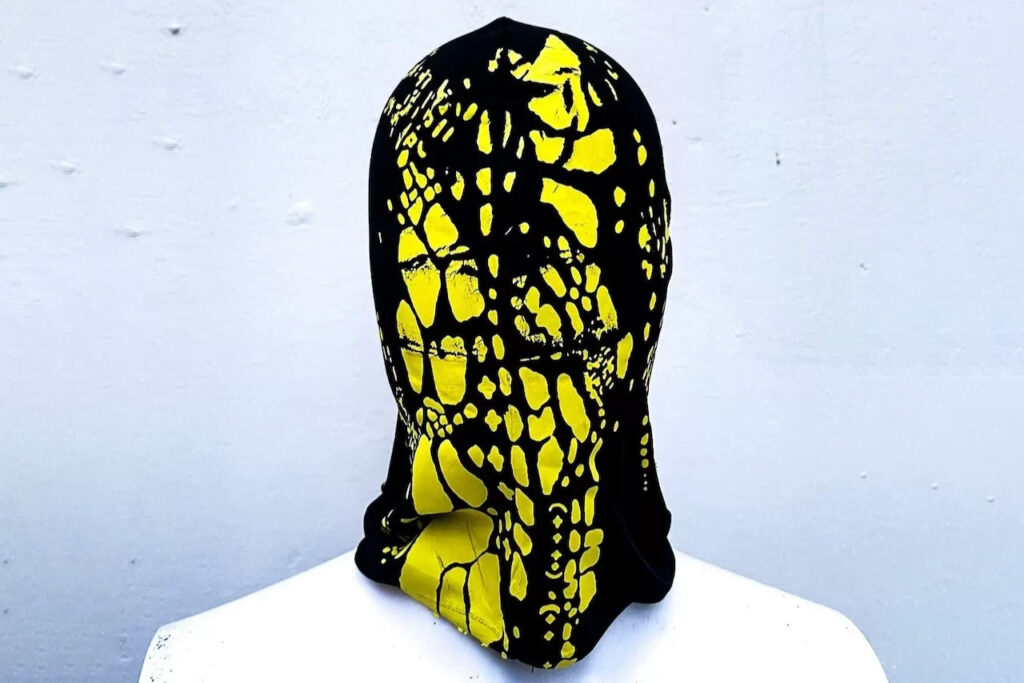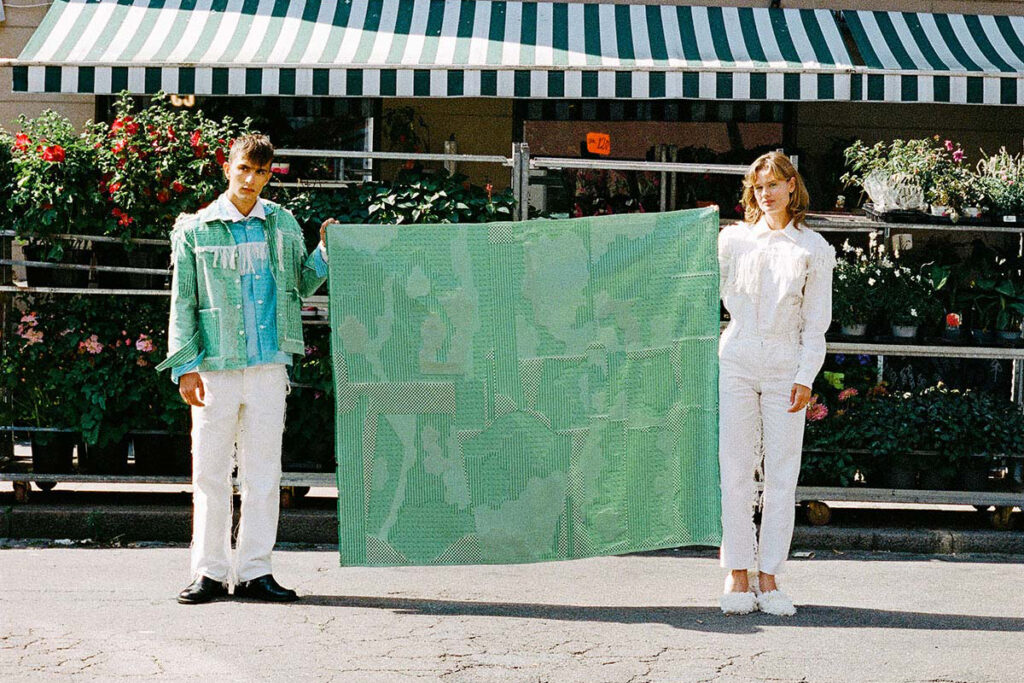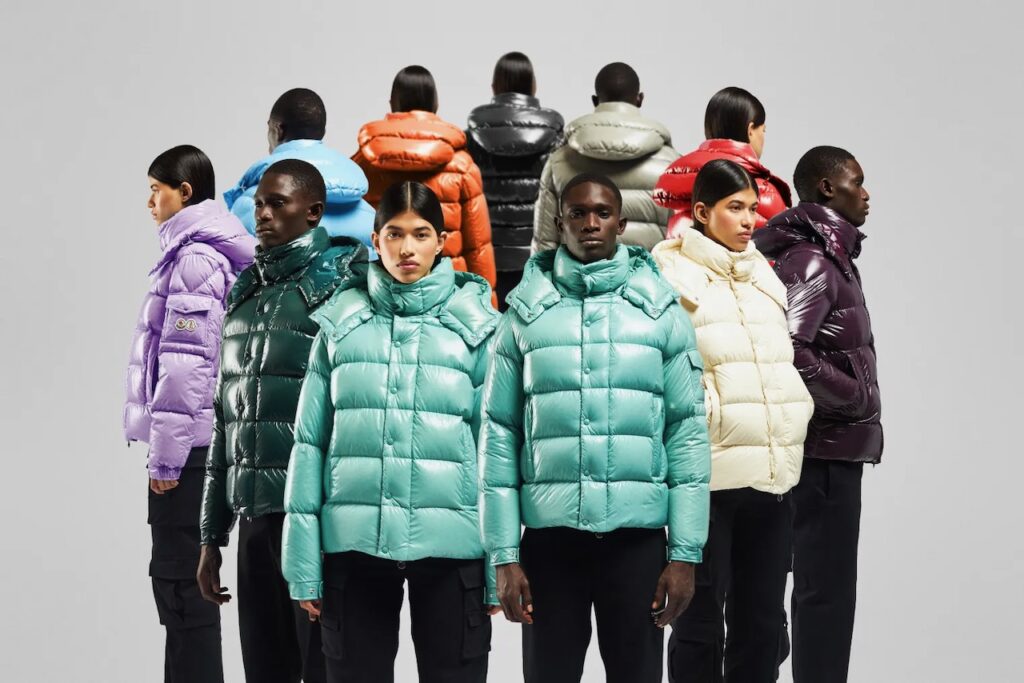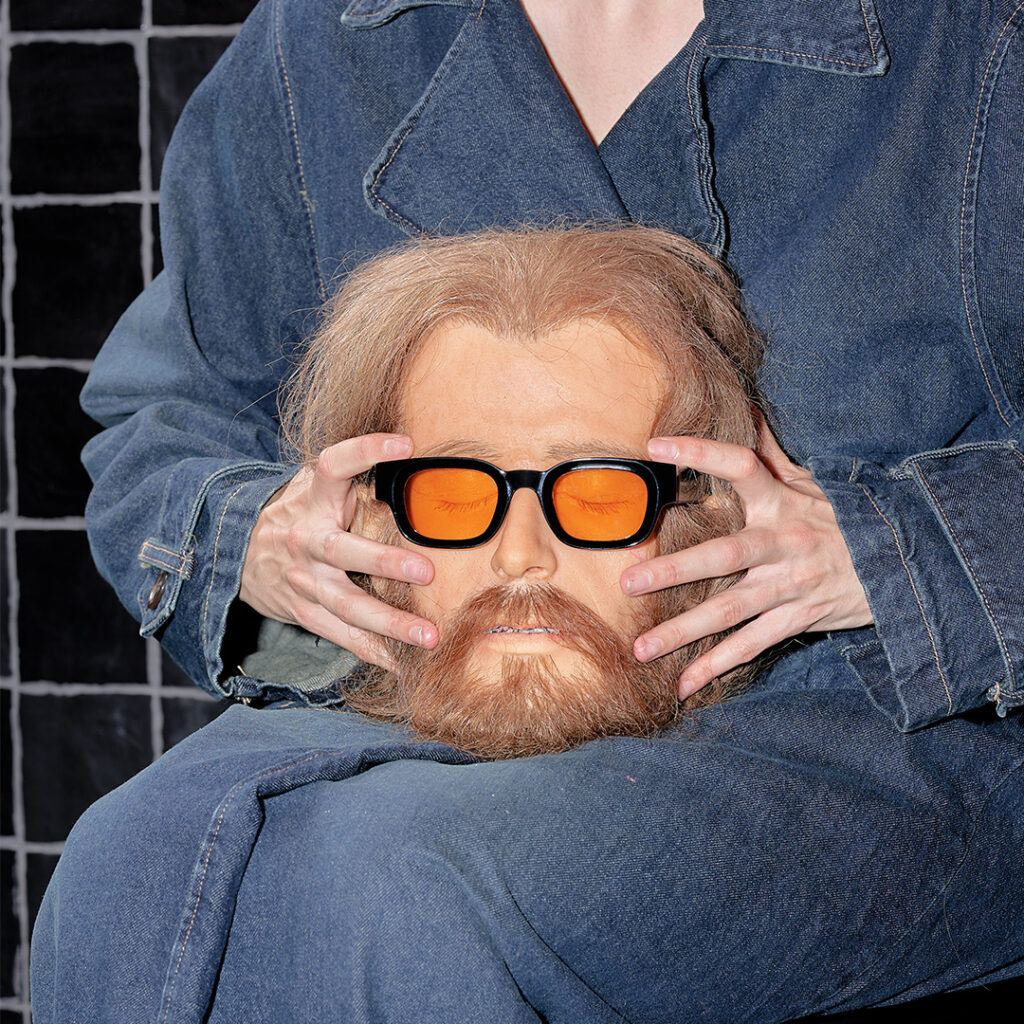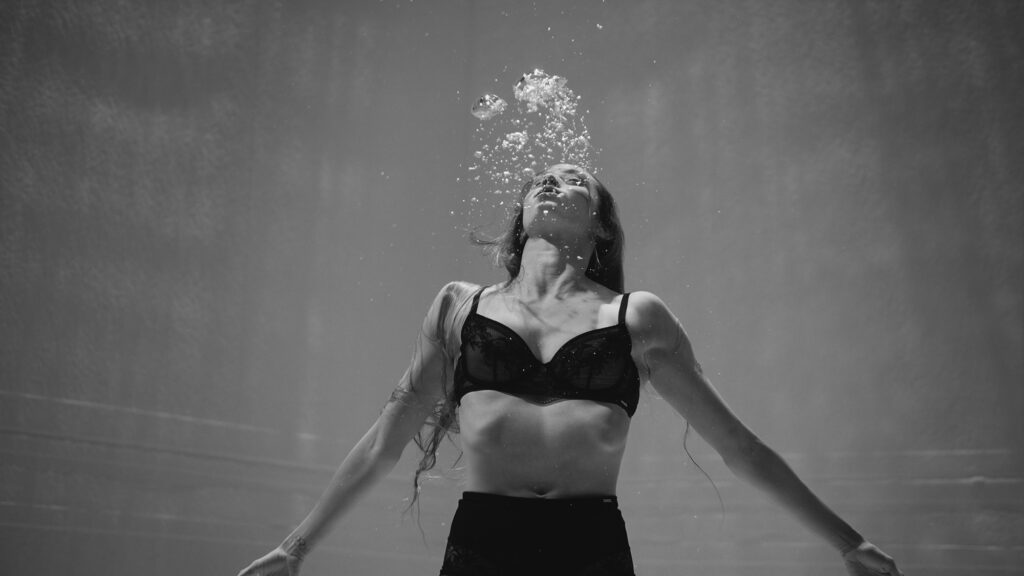If there’s one thing that we absolutely need to get through our heads, is that at this point in time, sustainability is imperative. It should not be an option. The astounding amount of waste generated by the fashion industry is truly mind-boggling when you think of it. An issue which is only exacerbated by the never-ending wave of ultra-consumerism we seem to have been riding over the past few decades. Now one might hold on to a little bit of hope as sustainability and a general worry and care for the environment has become a trend. Unfortunately, many of the brands jumping on the bandwagon of sustainability, do so in order to achieve more sales, rather than to actually change the damaging system. Which kin of defeats the whole purpose, as the changes made are merely symbolic.
Still, thanks to some truly aware, and “woke” initiatives, there are little rays of hope that shine like beacons of light breaking through the storm of environmental urgency. Rays of hope like the fashion label ‘Full Circle’, who are here to create real, durable change. Their business model is truly admirable, and if other labels listened up for a minute, we would visibly begin to witness the ripples of change throughout the industry.
So meet Max Bree, Wytze de Jong, Constantin Wahle, and Mark Kiszely: The brains behind ‘Full Circle’, a brand that hopes to make a difference, and make it right.
Tell us a little more about your name and what motivated your decision to get into the fashion game.
Wytze: The name Full Circle is directly related to our circular business model. We produce circular garments that are made from 50% recycled, and 50% organic cotton. They are designed to be recycled, and thanks to our circular take-back model, we are able to reward our community for being part of this process with a 25% discount on new Full Circle pieces when they send back their old ones. This way we keep old garments out of the land-fill, and recycle them in order to make new ones. As a result, they keep money in their pocket, while reducing fashion’s footprint on our planet.
Sustainability is a huge problem when it comes to fashion, and we wanted to start a brand that takes a completely different approach to making clothes. Circularity turned out to play a key part in this.

Photos courtesy of Full Circle
Did you always have this awareness and interest in fashion, and its effect on the environment?
Const: The decision to launch Full Circle actually stems from us working in the industry for the last couple of years and seeing how fucked up it really is. There is a huge textile waste problem, and finite natural resources are being extracted in order to over produce clothes for the Global North that aren’t actually needed. To give you an idea, about 92,000,000 kgs of textile is being burned or landfilled each year. That’s about a garbage truck worth of clothes per second. It’s crazy.
So no, we weren’t always aware. And a lot of people still don’t know the full extent of fashion’s impact on the environment, which is why we are sharing information about it in a way that’s digestible and relatable. Because at the end of the day, it’s fucking cool to care, and we want to share that mindset with others.
How has your journey in the fashion industry been?
Const: All of us came up through AMFI, and ended up working as production, design, and brand consultants within the industry, focused on sustainability. We have been involved in setting up responsibility/sustainability programs and projects for local brands like Filling Pieces, Bonne Suits, as well as international projects for Nike, Raeburn, and The North Face.
In 2019 we founded Full Circle as a way to translate all the knowledge, expertise, and first hand experience we have collected over the years into a circular fashion alternative that was not limited by the for-profit trade offs and concessions that a lot of conventional fashion labels often have to make due to established supply chains, outdated business models, or shareholder obligations. The fashion industry really needs to clean up its act, which is why we wanted to start a company which puts sustainability first, in the most radical way, and doesn’t make compromises just to make an extra buck.
Long story short; our journey in the fashion industry has been eye opening in terms of its impact, rewarding when it comes to the opportunities given to us by brands who are fighting the good fight, and positively challenging in regards to building a business on our own terms.

Do you think this idea of circularity can be implemented on a larger scale?
Max: Yes! As a matter of fact, we think we have to! On a larger scale, circularity is how the world works, everything on this planet exists in a circle. However, humans have been disturbing, and interrupting that circle. The model therefore isn’t really a human invention, it is simply something we learned from nature, and can therefore be applied at scale. We just have to build the infrastructure to support circularity, and make people aware of the benefits of it; for the planet as well as for themselves.
What do you think about sustainability in the fashion industry? Do you think we are witnessing real change, or is it another trend?
Max: We definitely think it’s not a trend, because first and foremost, people care these days. They realise that we have to change because their kids deserve to grow up on a stable and beautiful planet, just like them. People look towards governments and the larger companies to solve this issue for them and currently, I believe both are failing them. Even though there are a few brands who are doing their best to do things more sustainably, the large majority of the fashion industry still treats sustainability as if it’s a trend, or an afterthought. Or even a way to increase sales by hopping on the sustainability bandwagon. But climate change is real, and so is fashion’s contribution to it.
So with the way things are going, companies need to adapt and change their ways. They should be figuring out how they can produce better, convince people to spend more, buy less and use garments for longer. The fast fashion mentality just ain’t it.
Do you think we will see a change in our lifetime where consumers will really prefer quality to price, and will leave fast fashion behind?
Max: Well, the terrifying thing about that question is that if we don’t move away from fast fashion and, to a larger extent, rampant consumerism, we will have bigger things to worry about than how we dress, as we’ll be too busy pumping water back over the dyke and hosting refugees from the areas that have become inhabitable. And while it’s sometimes difficult to have a positive outlook on the entire situation, I believe that a shift towards a more sustainable, ideally circular, way of consuming is possible. Otherwise we wouldn’t be doing what we do with Full Circle.
That being said, it’s not just brands like us and consumers who have the responsibility to bring about this change; government regulations, on a global scale, are crucial in making this happen.
What other aspects of design and production in the fashion industry do you think we need to tackle in order to continue to push further its change towards sustainability?
Wytze:We should move towards made-to-order models as soon as possible, as clothing that is made just for you, according to your size and specifications, should last you the longest. It allows brands to only produce what is actually needed, which in turn reduces unnecessary waste throughout the entire supply chain and drastically reduces pressure on natural resources such as cotton and water.
Another way of going about things is for companies to prolong the life of the garments they produce. This starts by designing their garments to last, which, in combination with a refurbishment program, allows them to re-sell the same garment multiple times. This would be especially impactful for garments made of multiple components and material blends, as they are extremely difficult to recycle at the end of their life cycle.
At the end of the day, the most sustainable way to consume fashion is to empower people to wear it for as long as possible. This way, no new resources need to be extracted, and no energy needs to be expended to produce new garments. So anything that can make that happen is a step in the right direction.

What are other brands whose practice and design you look up to?
Const: I would say Patagonia is definitely a big inspiration for us when it comes to their approach to sustainability and environmental activism as a fashion company. They are privately owned, which is why they were always able to stay true to Yvon Chouinard’s original vision and values. They are a billion dollar company, and although they are not perfect or 100% sustainable (which is also not actually possible, by the way), they are proof that you can build a successful fashion company in a more responsible way.
We have all read his book ‘Let my people go surfing’, which I can recommend. On a local level, I really admire what Bonne has built together with Justus and their team at Bonne Suits. From the beginning, their vision was all about making clothes that are timeless in design, last a long time, and can be worn for any occasion. No trends, no seasons, just good, well-made products. Lastly there is New York skate brand Noah. I really respect the way they talk about sustainability; transparently, honest, and down to earth. Oh, and Raeburn, of course. Wytze did his internship there, and Christopher and his team have supported Full Circle from the start. They are known for reworking surplus fabrics and garments to create menswear, womenswear and accessories, which is amazing.
What do you hope to achieve with Full Circle? Where do you want to be in 5 years?
Max: With our circular model, we hope to redefine the relationship that people have with their clothes. Firstly, when people buy and wear clothes, we want to inspire them to value garments for their utility, craftsmanship and the materials they are made of. Secondly, we want to get rid of the notion of textile ‘waste’, and instead help people understand that once they are not wearable anymore, old clothes are still a valuable resource which can be used to make new things.
In 5 years we want to be known for evolving the sustainable fashion narrative into something that resonates with everyone; not just the activists. We want to be the no-brainer alternative to fast fashion, not because we are cheaper, faster, or produce more styles (and we would never want to, either), but because we make sick clothes that last long, and reward people for being more sustainable.


